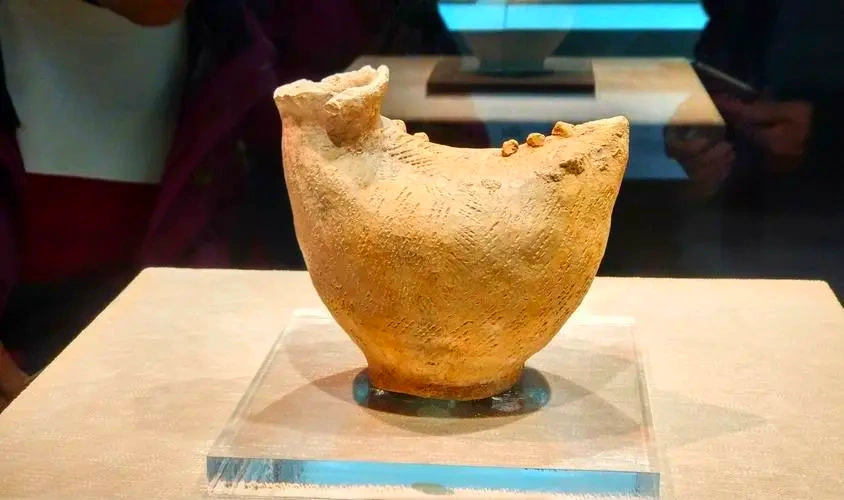
Neolithic Period of Yunnan History
Neolithic Period of Yunnan History
Introduction to Neolithic Yunnan
The Neolithic period in Yunnan marks a crucial era in the region’s history, characterized by significant cultural advancements, agricultural development, and early human settlements. Archaeological discoveries have unveiled a complex tapestry of Neolithic cultures, revealing insights into the lifestyles, technologies, and social structures of ancient Yunnanese societies.
Key Neolithic Cultures
- Dian Culture (circa 3000 BCE – 200 BCE)
- The Dian Culture represents one of the earliest known Bronze Age cultures in Yunnan, centered around the region of modern-day Lake Dian near Kunming.
- Known for its advanced bronze metallurgy, the Dian people produced sophisticated bronze artifacts, including ceremonial objects, tools, and weapons.
- The discovery of the Dian culture cemetery at Shizhaishan provided valuable insights into their burial practices, social hierarchy, and religious beliefs.
- Megalithic Culture (circa 2500 BCE – 1000 BCE)
- Prehistoric megalithic cultures in Yunnan are evidenced by the presence of large stone structures, including dolmens and menhirs, found in various locations across the province.
- These megalithic monuments indicate early human habitation and may have served ritual or ceremonial purposes, reflecting the spiritual and cultural practices of ancient Yunnanese societies.
Agriculture and Subsistence
- Agricultural Practices: Neolithic communities in Yunnan practiced agriculture, cultivating crops such as rice, millet, and wheat. The fertile lands and favorable climate of Yunnan facilitated agricultural development, contributing to the region’s early economic stability.
- Domestication of Plants and Animals: The Neolithic period witnessed the domestication of various plants and animals, which played a pivotal role in food production and societal development. Domesticated animals included pigs, dogs, and chickens, while cultivated plants ranged from cereals to vegetables.
Social Organization and Technology
- Settlement Patterns: Neolithic communities in Yunnan lived in settled villages or hamlets, engaging in communal farming and craft production. Archaeological sites such as the Dian culture settlements reveal evidence of structured settlements with distinct social hierarchies.
- Technological Advancements: Neolithic Yunnanese societies developed advanced pottery-making techniques, creating ceramic vessels for storage, cooking, and ritual purposes. Stone tools and implements, such as axes and grinding stones, were essential for agriculture and daily life.
Cultural Exchange and Trade
- Southern Silk Road: Yunnan’s strategic location along the Southern Silk Road facilitated cultural exchange and trade between ancient China, Southeast Asia, and South Asia. This exchange enriched Yunnanese cultures with diverse influences, including art, religion, and language.
Conclusion
The Neolithic period of Yunnan history represents a transformative era marked by agricultural innovation, technological advancements, and cultural exchange. From the flourishing Dian culture to the enigmatic megalithic monuments scattered across the landscape, Neolithic Yunnanese societies laid the foundation for the region’s rich and diverse cultural heritage that continues to resonate today.

 7 Days GolfingTour
7 Days GolfingTour
 8 Days Group Tour
8 Days Group Tour
 8 Days Yunnan Tour
8 Days Yunnan Tour
 7 Days Shangri La Hiking
7 Days Shangri La Hiking
 11 Days Yunnan Tour
11 Days Yunnan Tour
 6 Days Yuanyang Terraces
6 Days Yuanyang Terraces
 11 Days Yunnan Tour
11 Days Yunnan Tour
 8 Days South Yunnan
8 Days South Yunnan
 7 Days Tea Tour
7 Days Tea Tour
 8 Days Muslim Tour
8 Days Muslim Tour
 12 Days Self-Driving
12 Days Self-Driving
 4 Days Haba Climbing
4 Days Haba Climbing
 Tiger Leaping Gorge
Tiger Leaping Gorge
 Stone Forest
Stone Forest
 Yunnan-Tibet
Yunnan-Tibet
 Hani Rice Terraces
Hani Rice Terraces
 Kunming
Kunming
 Lijiang
Lijiang
 Shangri-la
Shangri-la
 Dali
Dali
 XishuangBanna
XishuangBanna
 Honghe
Honghe
 Kunming
Kunming
 Lijiang
Lijiang
 Shangri-la
Shangri-la
 Yuanyang Rice Terraces
Yuanyang Rice Terraces
 Nujiang
Nujiang
 XishuangBanna
XishuangBanna
 Spring City Golf
Spring City Golf
 Snow Mountain Golf
Snow Mountain Golf
 Stone Mountain Golf
Stone Mountain Golf












